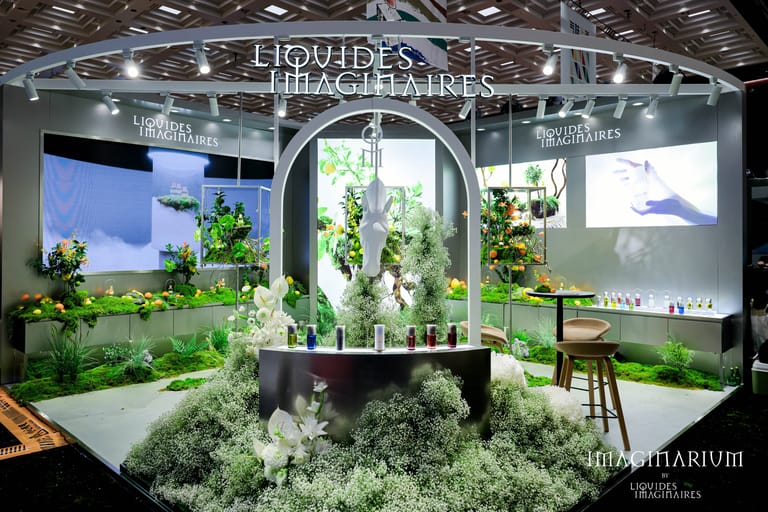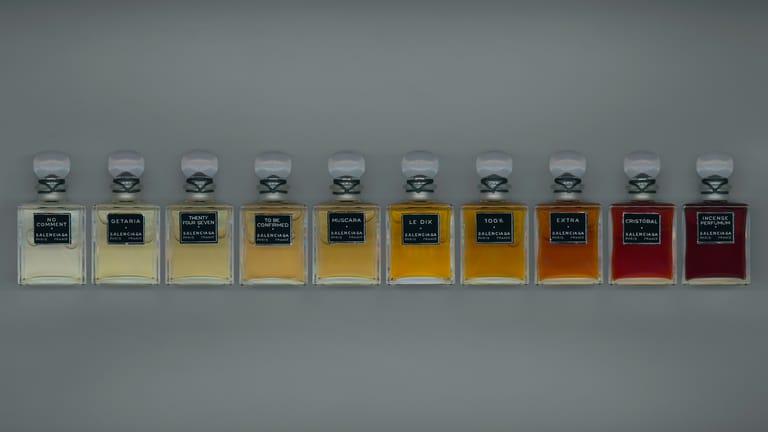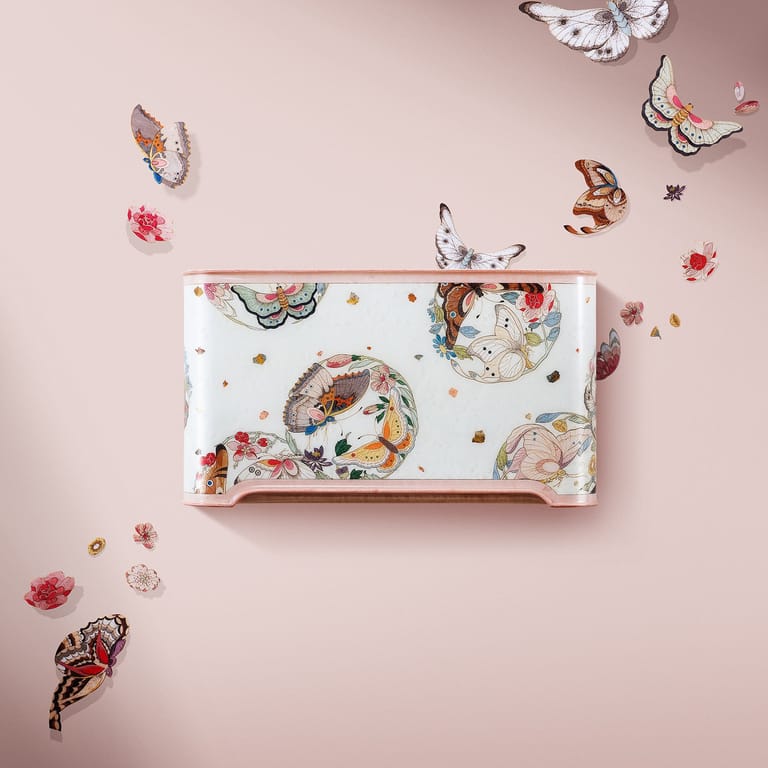Design Respect: Atelier Wen and the New Language of Chinese Luxury
By
Charlie Gu

Published on
May 2, 2025
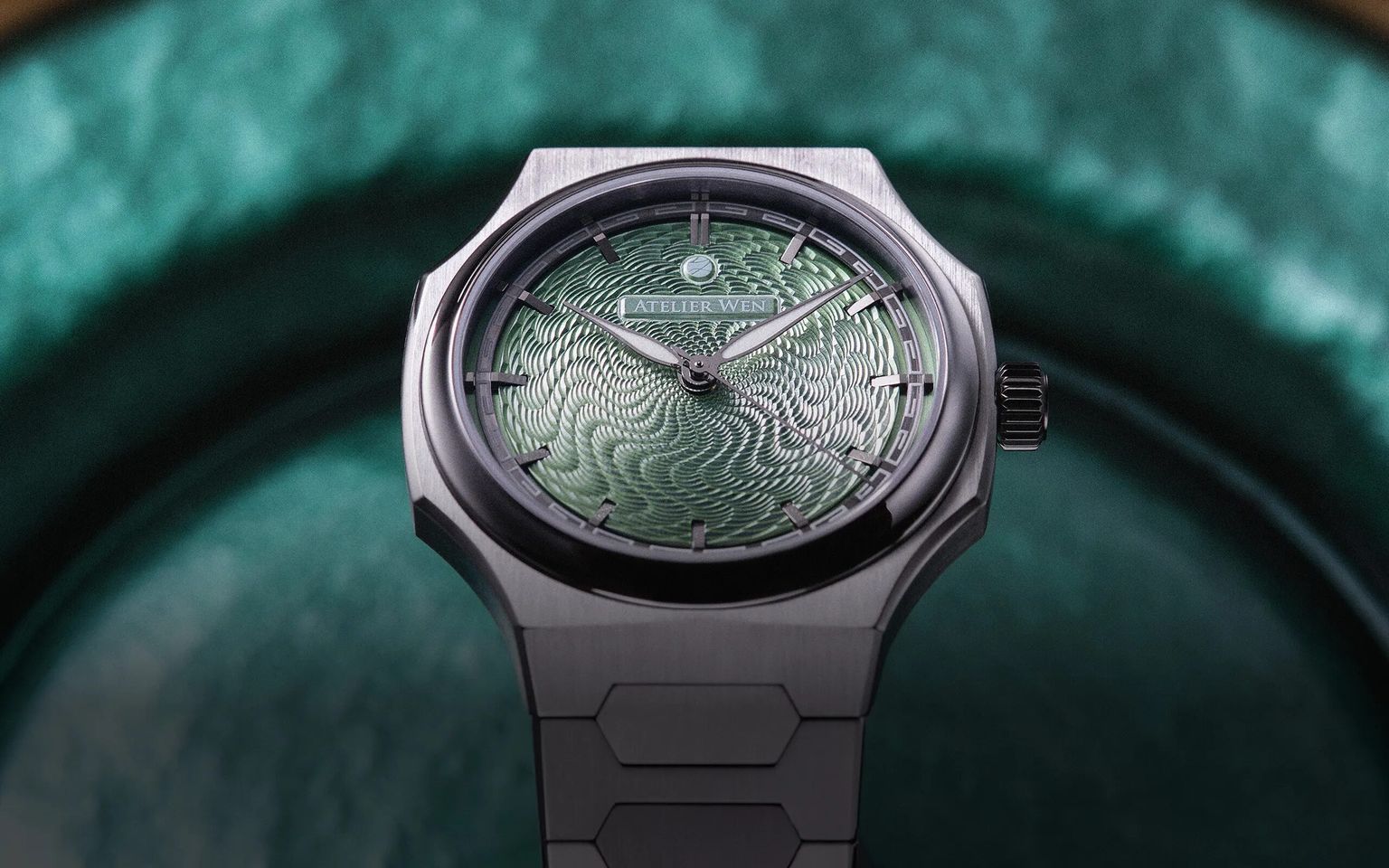
Independent luxury watchmaker Atelier Wen is the latest Jingzhi Brand to be highlighted as a pioneer shaping the jingzhi(精致) narrative on the global scene. Jingzhi Brand spotlights the most forward-thinking domestic and global brands shaping China’s jingzhi(精致) landscape. Through in-depth storytelling, we explore innovation, cultural strategy, and market ambition, offering a holistic perspective on the evolving intersection of brand identity and China’s dynamic consumer economy.
When Robin Tallendier co-founded Atelier Wen in 2018, he wasn’t just launching a watch brand—he was challenging an entire industry’s assumptions. Growing up in France, Tallendier, a lifelong watch collector, became enamored with Chinese timepieces at the age of 14 and developed a deep respect for Chinese horology. But what started as a personal obsession grew into something much bigger: a mission to rewrite the story of “Made in China” in the world of fine watchmaking.
“These were not nameless factory workers,” Tallendier recalls of his early explorations into China’s watch industry. “They were craftsmen—nerdy, passionate, and proud of what they made.”
He traveled across China for a year, meeting independent movement makers, dial artisans, and case manufacturers. That behind-the-scenes exposure revealed the human side of Chinese watchmaking, highlighting its craftsmanship and passion and challenging Western stereotypes that dismissed the Chinese industry as mere factories producing counterfeits.
Meanwhile, his collector friends scoffed at his newborn beliefs back in Europe. “They thought it was all factories and fakes,” he says. “No one was talking about the pride, the passion, or the innovation. That felt incredibly unfair.”
From Passion to Mission
Together with his business partner Wilfried Buiron, a fellow Frenchman who grew up in Hong Kong and Beijing, Tallendier decided to create a brand that would challenge those stereotypes and showcase what Chinese watchmakers were truly capable of. Atelier Wen was more than a commercial endeavor from the beginning—it was a cultural statement.
“People say you go to China because it’s cheap. But in many cases, you go because they’re the only ones who can do it,” he says.
Early in his journey, Tallendier visited a Guangdong ceramic factory that produced high-tech zirconium-based materials, including alloys that no other factory in the world could replicate. He also saw firsthand the scale and speed of innovation at movement manufacturers like Seagull, where dozens of new movement variants are released annually—a pace virtually unheard of in Switzerland. That only reinforced his beliefs about China’s manufacturing innovation and ability to be a significant global watch market player.
According to data from the Federation of the Swiss Watch Industry, China exported $4.8 billion in 2023, making it the world’s third-largest watch exporter by value after Switzerland and Hong Kong. While many of those exports are lower-end, brands like Atelier Wen are now advancing into the haute horlogerie market with products that compete on design, technique, and storytelling.
And those stories matter more than ever. In an age of redefined luxury—where heritage, cultural specificity, and authenticity are paramount—Atelier Wen taps into a shift in global consciousness. Their watches aren’t about name recognition or status signaling; they invite curiosity and a deeper respect that challenges industry norms.
The Freedom to Innovate
One of China’s major advantages lies in flexibility. As Tallendier explains, Swiss and Japanese movement makers simply can’t match the ability to customize movements at low volumes.
“If you want to do customization in Switzerland, you need to order tens of thousands. In China, we can do 500 pieces with different finishes or specifications—and do it really well.”
This flexibility has opened the door for independent brands like Studio Underd0g and Atelier Wen to create unique, highly personal timepieces without breaking the bank. In fact, Robin believes this capacity for small-batch experimentation may be the key to unlocking a new wave of innovation in the industry.
“Watches are functional objects, yes, but they’re also emotional. They’re about what you connect with. If you can customize a movement to reflect that, it adds real meaning.”
He points out that Chinese manufacturers, driven by intense domestic competition and an entrepreneurial spirit, have developed agile production capabilities that outpace many Western companies. “They’re not just copying anymore,” he says. “In many areas, they’re leading.”
Cultural Expression Without Cliché
While many global watch brands incorporate Chinese culture through red dials, zodiac animals, or decorative motifs, Atelier Wen takes a more philosophical approach.
“We try to make watches that are profoundly Chinese—without a single visible symbol that screams China,” says Tallendier. “You can’t boil down 5,000 years of culture to red and gold.”
Instead of copying visual motifs, the brand draws inspiration from foundational aesthetic principles—like balance, harmony, and duality. In one of their upcoming releases, Atelier Wen collaborated with a Chinese cloisonné enamel master to create a dial using 80 subtly different shades of blue. Up close, each tiny cell appears distinct. From a distance, it forms a seamless gradient.
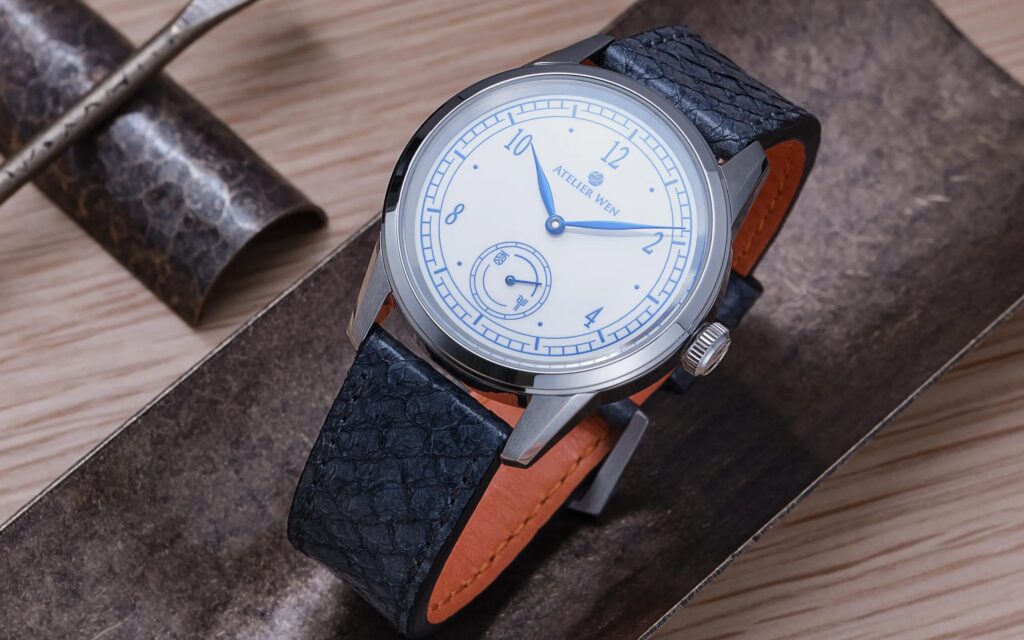
“That’s duality made visible,” says Robin. “A modern aesthetic, an ancient technique, and a deeply Chinese concept, all in one dial.”
The concept of restraint, of quiet sophistication, is central to Atelier Wen’s approach. In many ways, it reflects a broader sensibility in Chinese design—where meaning is often layered and implied, not explicit.
A Moment of Recognition
Atelier Wen’s big moment came at Watches & Wonders, the most prestigious event in the watch industry. This year, the brand unveiled a world-first watch at haute horlogerie level—and the response from insiders was electric.
“Many Swiss brands had tried and failed to produce a piece like this at scale. Some of them came to us afterward and said, ‘Can you make this for us?’ That was a real moment of validation.”
From selling $700 watches in 2018 to being asked by Swiss maisons for manufacturing help in 2024, Atelier Wen’s journey underscores just how much the narrative around Chinese watchmaking is beginning to shift.
It’s a vindication for Atelier Wen and the broader movement of young Chinese brands looking to prove that innovation and artistry are not confined by geography.
Not Just a Brand, But a Springboard
Beyond creating beautiful objects, Robin sees Atelier Wen as a platform to elevate Chinese artisans and designers. One example is Master Cheng, a master of guilloché engraving who had been relatively unknown, even in China. After partnering with Atelier Wen, he was featured in The New York Times, interviewed on French TV, and exhibited in European museums.

“That’s what success looks like for us,” says Robin. “Helping the world see the talent that’s already here.”
For him, watches are not just accessories—they are cultural carriers. “Watchmaking is the pinnacle of industrial design. If we can use it to showcase craftsmanship and creativity in China, that opens doors for other industries too.”
Advice for Chinese Brands Going Global
Robin’s advice to other Chinese founders looking to go global is simple: Start with a great product and a focused audience.
“Start with something so good, people can’t ignore it—and let your believers spread the word. That’s how movements start.”
He encourages brands to focus intently on a specific niche—building a loyal community and refining their craft—before attempting to expand broader, much like how focused watch brands cultivate dedicated followings first. “Pick a niche. Find your tribe. If you win their trust, they’ll advocate for you in ways that advertising never could.”
And despite lingering skepticism, Robin remains confident—because he knows that the future of Chinese watchmaking is just beginning, full of potential to reshape global perceptions.
“We proved them wrong,” he smiles. “The first 300 Perception watches sold out in a day. Our collaborations sell out in seconds. If the product is good enough, you can’t argue with it.”

From obscurity to acclaim, Atelier Wen is proving that Chinese craftsmanship doesn’t need validation—just visibility. In many ways, the brand is not just crafting watches, but reshaping narratives.
And with every tick of the movement, it’s clear: this is only the beginning.





